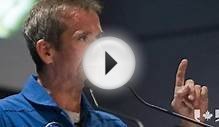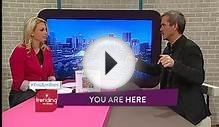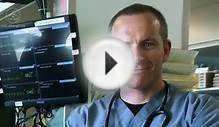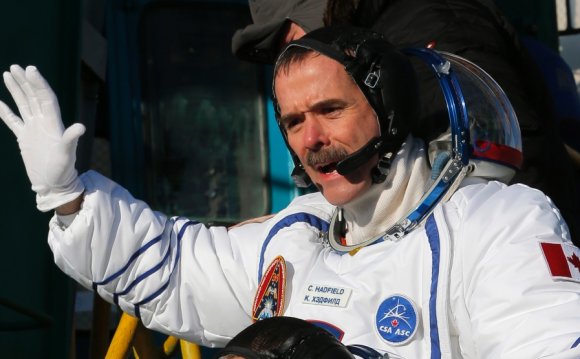
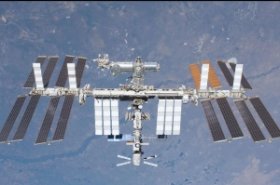 One of them is now expected to fly by 2019 and the other by 2024, although who goes first has not been determined.
One of them is now expected to fly by 2019 and the other by 2024, although who goes first has not been determined.
The last astronaut to fly in space was Chris Hadfield, who became the first Canadian commander of the space station during a five-month visit in 2013.
— @Cmdr_Hadfield
"Chris Hadfield made Canadians proud when he became the first Canadian to walk in space and command the International Space Station, " Moore said in a statement today. "Our government is committed to ensuring two more Canadians fly to space within the next decade. More importantly, it confirms a great future for Canada in space for years to come."
Jeremy Hansen, 39, (right) and David Saint-Jacques, 45, stand in the visitors gallery after being recognized in the House of Commons in Ottawa Tuesday. The two were named Canada's newest astronauts in 2009. (Sean Kilpatrick/Canadian Press)
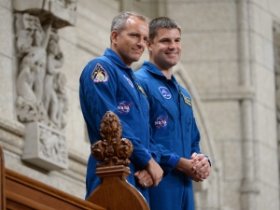 The commitment signals Canada's involvement in future space missions to the Moon, Mars and beyond, the federal government said in a news release.
The commitment signals Canada's involvement in future space missions to the Moon, Mars and beyond, the federal government said in a news release.
Under a bartering system, countries collect "credits" based on their contributions to the development of the space station, with the credits traded in for trips by astronauts.Canada used up most of them for Chris Hadfield's 2013 visit.
The U.S. and Russia have also committed to funding the space station until 2024. But the space station's other key partners, the European Space Agency and JAXA, the Japan Aerospace Exploration Agency, have not yet committed themselves beyond 2020.
Canada also announced Tuesday that it will provide:
- Continuing technical support for the space station's Canadarm2 robot arm, its robot "handyman" Dextre, and the mobile base that supports them, through $10.5 million for Richmond, B.C.-based MDA.
- Canada's contribution to the Mars Curiosity rover for another two years.
RELATED VIDEO
